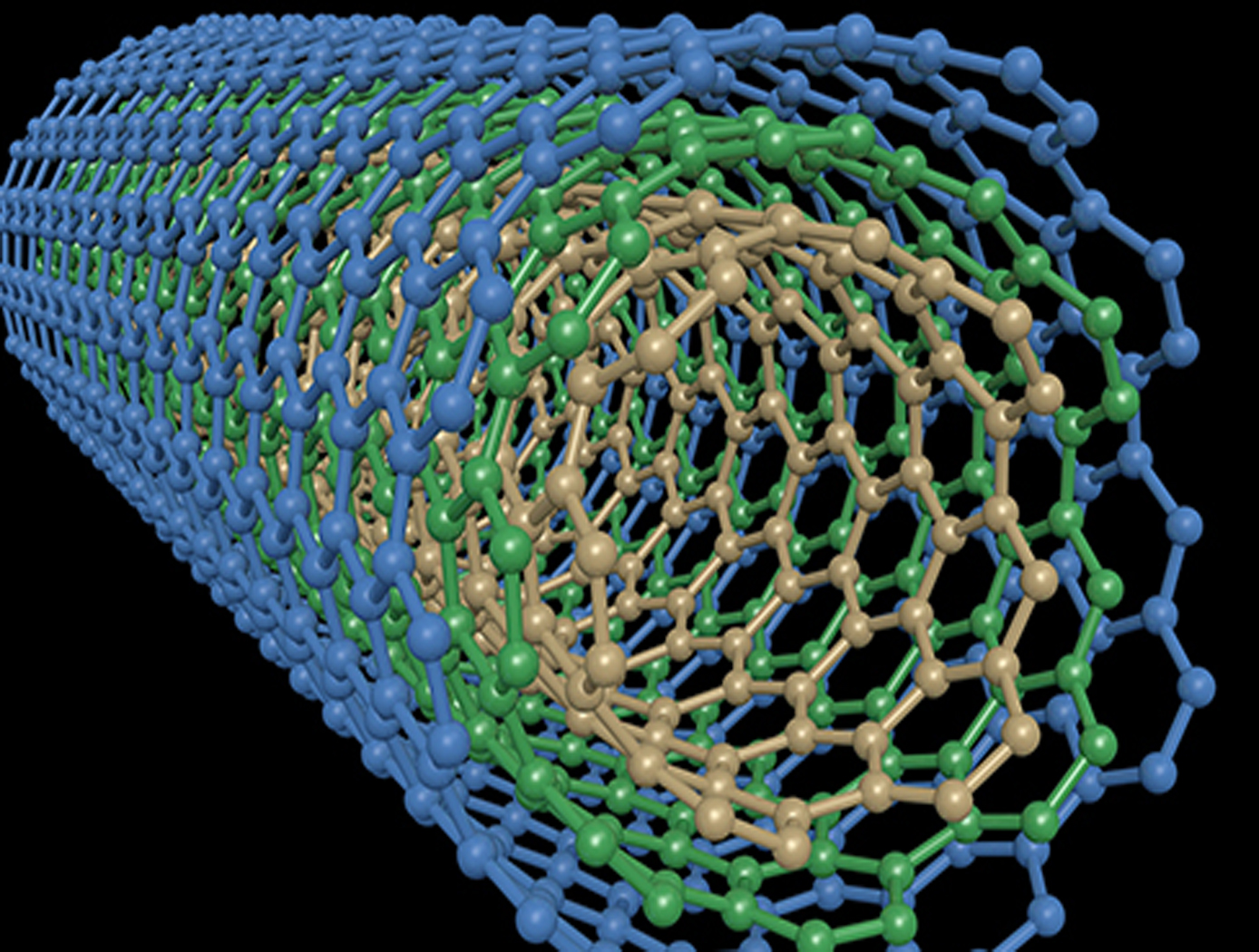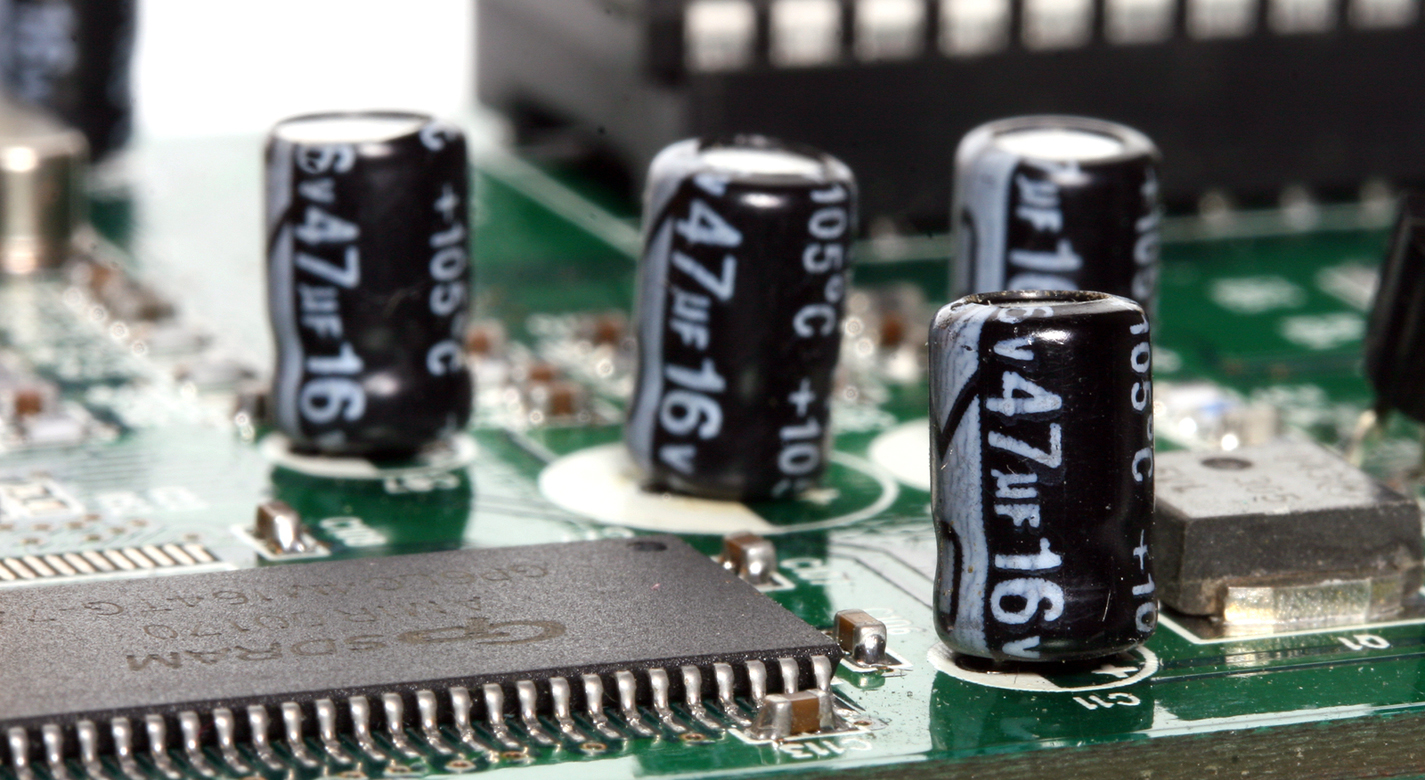Carbon Nanotube Tower-Based Supercapacitor
power generation and storage
Carbon Nanotube Tower-Based Supercapacitor (TOP2-203)
Power generation and energy storage medium
Overview
NASA has invented a new technology that creates supercapacitors, which combine electrochemical capacitor devices and batteries to create an energy storage medium. This invention not only allows adequate transport between capacitor electrodes, it also suppresses electrical shorting between electrodes, has a relatively low interface resistance between each electrode and any substance that physically separates the electrodes, and has reduced capacitance. Nanostructured materials are used to improve the supercapacitor performance. These materials offer a high surface area and useable porosity for a given volume and mass, both of which are highly desirable for supercapacitor operation.
The Technology
This invention provides a four-part system that includes: (1) first and second, spaced-apart planar collectors; (2) first and second arrays of Multi-Wall Carbon Nanotube (MWCNT) towers, serving as electrodes, that extend between the first and second collectors, where the MWCNT towers are grown directly on the collector surfaces without deposition of a catalyst or a binder material on the collectors surface; (3) a separator module having a transverse area that is substantially the same as the transverse area of either electrode; and (4) at least one MWCNT tower that acts as a hydrophilic structure with improved surface wettability.
The growth of MWCNT and/or Single Wall Carbon Nanotube (SWCNT) towers is done directly on polished, ultra-smooth alloy substrates containing iron and or nickel, such as nichrome, kanthal and stainless steel. The growth process for generating an MWCNT tower array requires heating the collector metal substrate in an inert argon gas atmosphere to 750 C. After thermal equilibration, 1000 sccm of 8/20 ethylene/Hs gas flow results in the growth of carbon nanotube towers.


Benefits
- High surface area and usable porosity
- Low cost
- Efficient, alternative form of energy storage capacity
- Improved supercapacitor operation
- Improved surface wettability by an electrode
- High power density and long cycle life
- Reduced interface resistance
- High capacitance
- Very reliable
- Improved performance
Applications
- Energy industry
- Consumer electronic products
- Power delivery solutions
- Power standby mode in copying machines
- Hybrid vehicles
- Nanotechnology
- Nanostructured materials
- Alternative form of energy storage


